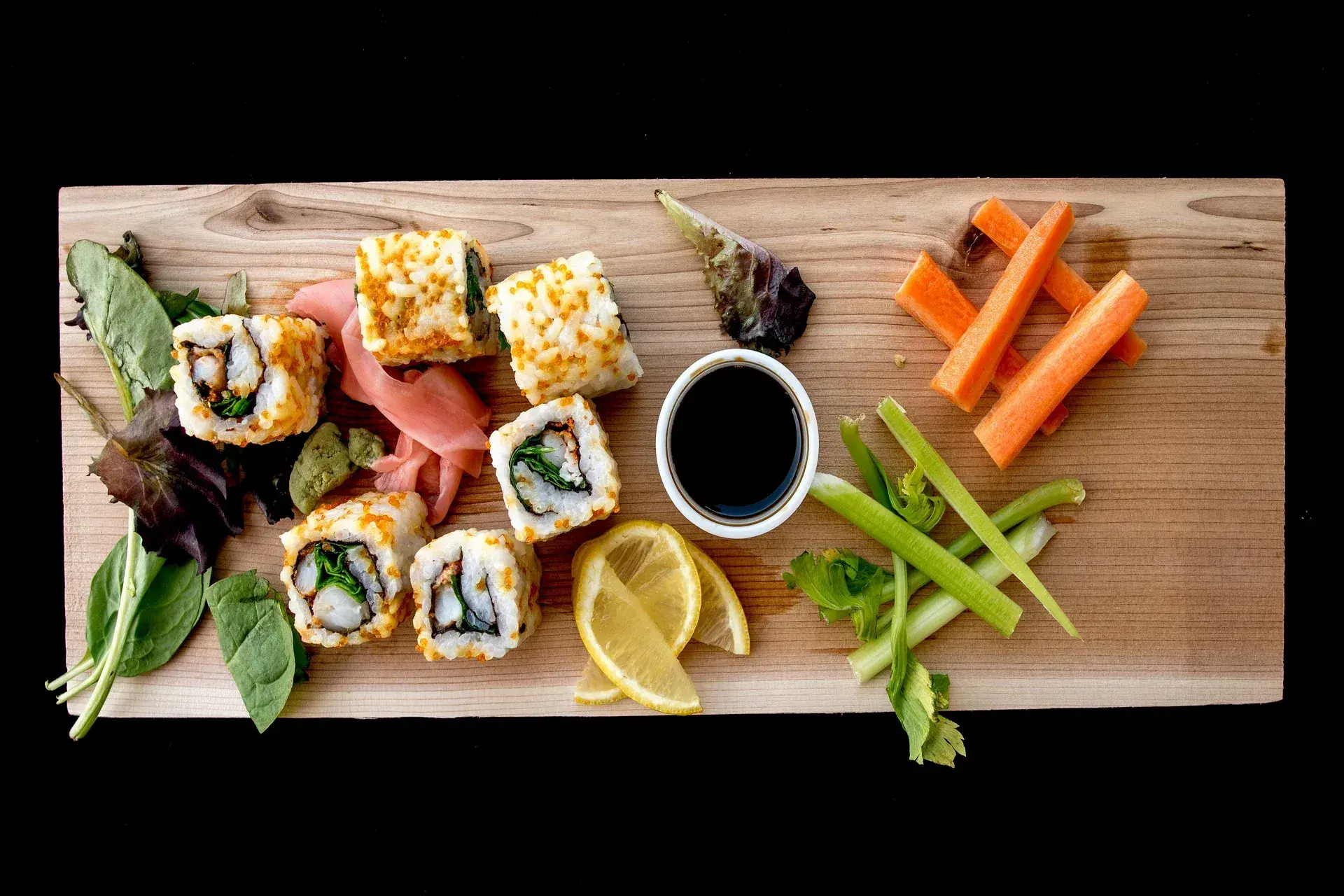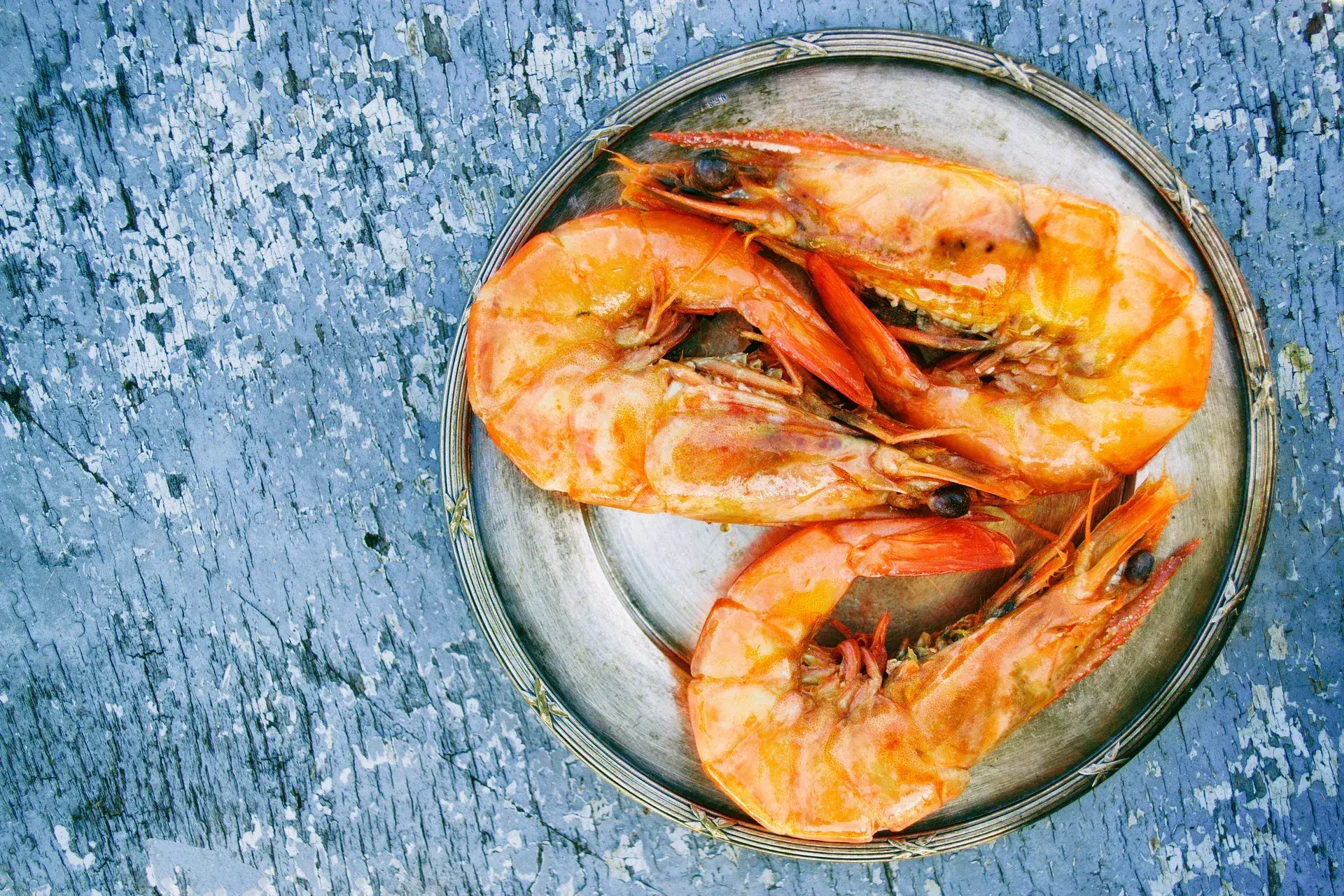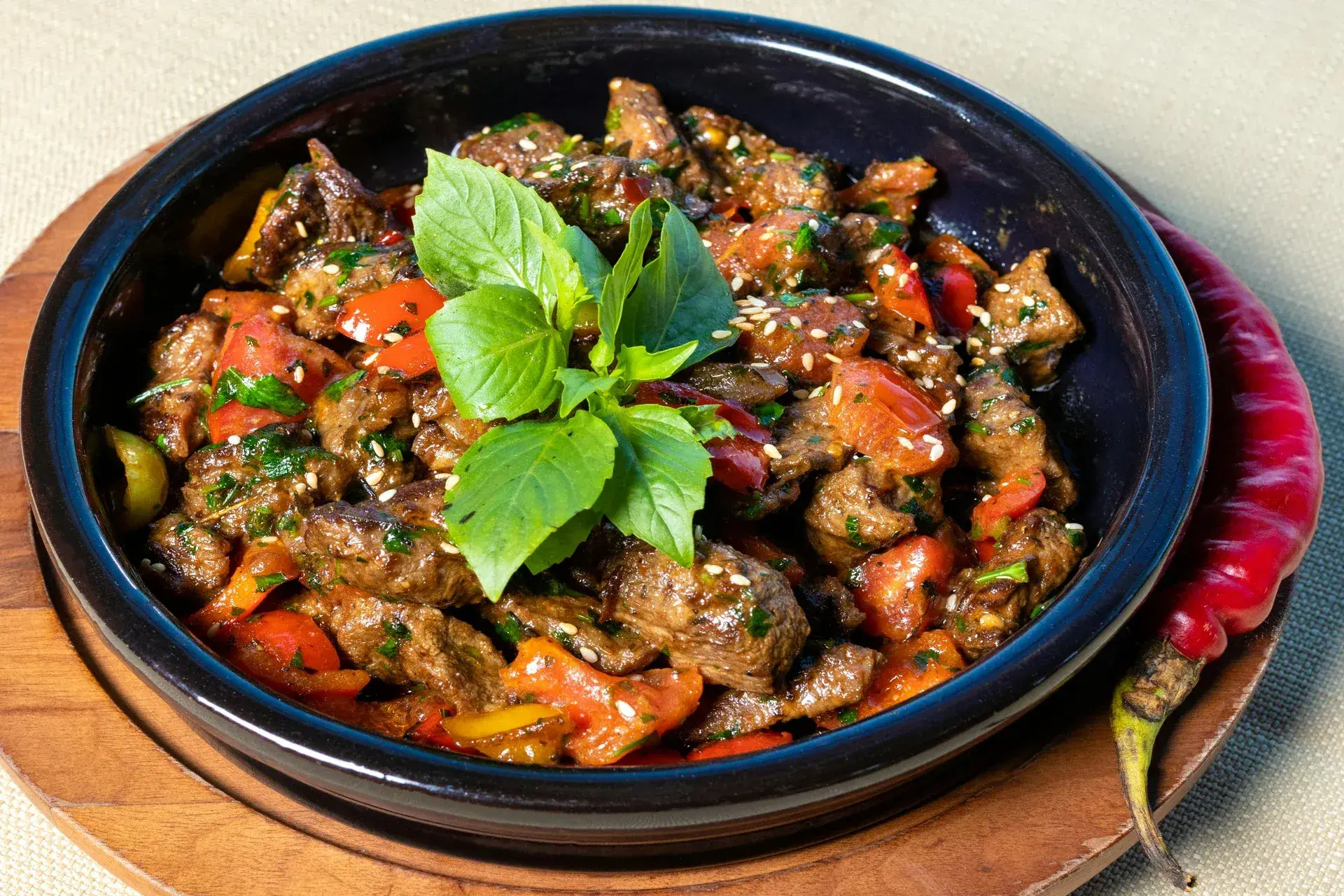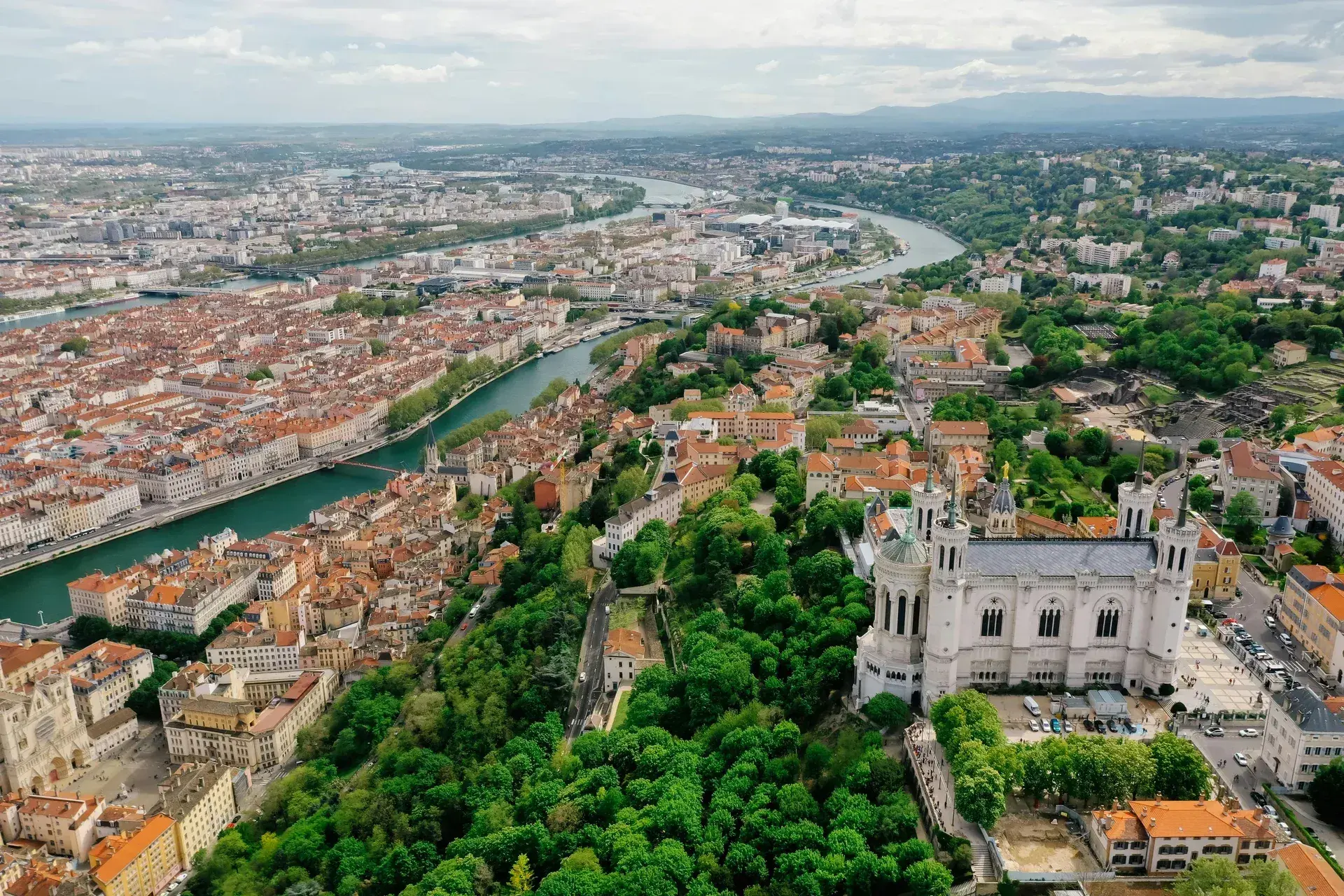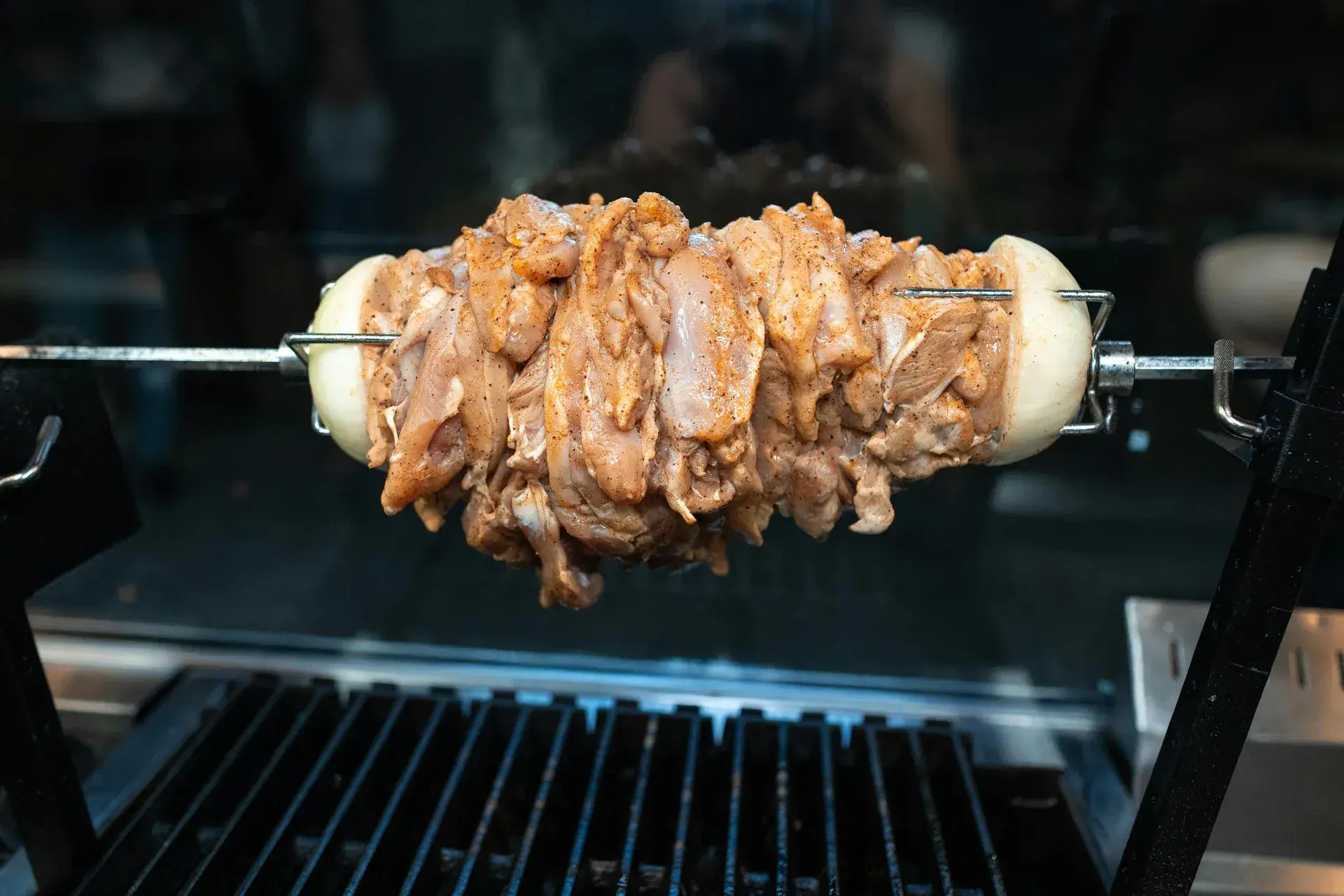The Wine Lover's Guide. Discovering Germany's Famed Wine Regions and Varietals
Germany is a country with a rich winemaking heritage, spanning over two millennia. Known for producing some of the world's most exceptional white wines, Germany boasts a diverse range of terroirs, climates, and grape varietals that contribute to the unique character of its wines. In this article, we will explore some of the most famous wine regions in Germany, delving into the distinctive wines that have earned them a place on the global stage.
- Mosel: One of Germany's most renowned wine regions, the Mosel Valley, is celebrated for its world-class Rieslings. The steep, slate-covered slopes along the Mosel River create a unique microclimate that allows Riesling grapes to thrive, producing wines with vibrant acidity, elegant minerality, and distinctive fruity notes. Mosel Rieslings range from dry (Trocken) to lusciously sweet, with Spätlese and Auslese wines offering incredible complexity and aging potential.
- Rheingau: Located along the Rhine River, the Rheingau region is another hotspot for exceptional Riesling wines. Rheingau Rieslings tend to be fuller-bodied and more structured than their Mosel counterparts, often showcasing a delicate balance between fruitiness and acidity. The region is also known for producing some excellent Pinot Noir (Spätburgunder) wines, with a focus on elegance and finesse.
- Pfalz: The Pfalz region, situated in southwestern Germany, is the country's second-largest wine-producing area. With its warm, sunny climate, Pfalz is home to a diverse range of grape varietals, including Riesling, Pinot Noir, Pinot Blanc (Weißburgunder), and Pinot Gris (Grauburgunder). Pfalz Rieslings are known for their expressive fruit flavors and generous body, while the region's red wines are celebrated for their depth and complexity.
- Rheinhessen: As Germany's largest wine region, Rheinhessen is known for its diverse range of wines, from crisp whites to full-bodied reds. The region's signature grape, Riesling, produces wines with a bright, fruity character and refreshing acidity. Rheinhessen is also recognized for its Silvaner wines, which offer a more neutral and delicate profile, making them highly versatile food pairing options.
- Baden: Located in southwestern Germany, Baden is the country's southernmost and warmest wine region. Known for its Pinot varietals, Baden produces noteworthy Pinot Noir, Pinot Gris, and Pinot Blanc wines, in addition to its Rieslings. The region's red wines are often characterized by their depth and structure, while the whites display a balance of fruitiness and acidity.

Germany's wine regions offer a captivating journey through the country's diverse landscapes and winemaking traditions. From the steep, slate-covered slopes of the Mosel Valley to the sun-soaked vineyards of the Pfalz, each region contributes its own unique character and style to Germany's impressive wine portfolio. As you explore the world of German wine, remember that each bottle tells a story of tradition, terroir, and the dedication of the winemakers who craft these outstanding wines. So, raise a glass and say "Prost!" to the remarkable world of German wine.
Exploring the vibrant world of culinary delights, Gastronomy.space offers readers a journey into flavors, techniques, and the stories behind every dish.
